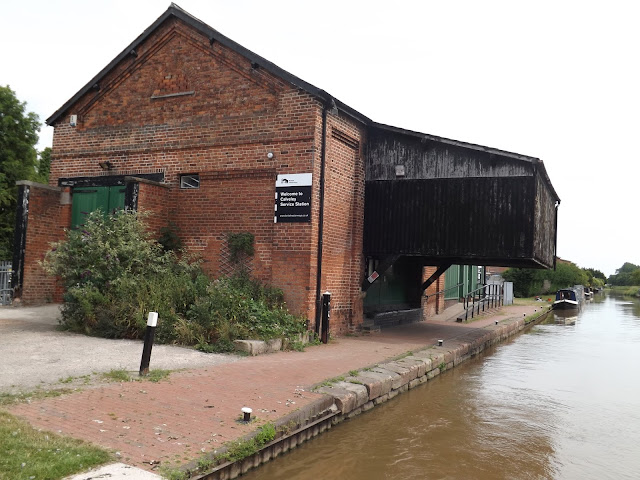We set off for our walk in good weather. Just up to the Shady Oak pub and off the tow path. There is an old mill there and the mill pond on the other side of the road. There was a rumbling as we passed and it looked like the water wheel was still going round under the building. As we passed the garden we saw these venturis so I wonder if they are using the wheel to generate electricity.
Bates's Mill equipment.
Up the road a little and then we took to cross country. We went round the edge of a field of broad beans and it was literally heaving with Large Cabbage White butterflies. I have never seen so many at all. After seeing very few during the last few months the last few weeks of good weather seems to have brought them out.
Broad beans and thistles with loads of large Cabbage White butterflies.
We were walking on the Peckforton Estate and we could see the battlements of the castle that was built in the Victorian age and is a complete medieval castle. It is now a wedding centre, spa resort and hotel. We had some overgrown lengths of footpath where a machete would have been an asset! Eventually we got to the base of Beeston Crag and paid out £5-90 to climb up to the top. It had been a neolithic settlement 1270 - 830BC as it was well above the swapy Cheshire Plain and a safe site. Later it was a safe spot from which to farm the cleared land. They also found copper in the area so bronze was smelted here. Flints from Yorkshire and Lincolnshire were found too. In 1220 Ranulfe de Blondeville, 6th Earl of Chester built a castle here. He had been on the Crusades for two years so used his experience of castles he had seen to build it. In 1237 with the death of Ranulfe's heir Henry III took it over where, as it wasn't on the 'front line' it slowly deteriorated. That is until the Civil War when in 1643 Parliamentarians took it over. They were ousted quite soon afterwards by the Royalists. Later the castle was under siege from November 1644 to November 1645. With the steady defection of troops and the more pressing lack of food the Royalist leader made terms with the besiegers. He did a good deal and they were allowed to leave with their arms and flags flying and avoided imprisonment. When Cromwell's men got into the castle the realised that there was only enough food for one more day. Cromwell ordered the castle to be pulled down. The castle was never really used again other than a gatehouse etc. It is now under the keeping of English Heritage. There are fantastic views from the top.
The rock cut moat by the inner ward curtain wall.
English countryside at its best. The view from Beeston castle to the north. Ther first line at the bottom is the railway and the second is the Shropshire Union canal. The red boat is ours.
Tony on the modern bridge from the Inner Ward looking south.
Helen at the Inner Gatehouse.
We then walked round to the east of the crag towards the canal. From the top we could see some works going on near the old Beeston and Tarporley Station. When we got closer it looked to be that it was a WWII facility. When we got back I looked it up and it was an oil storage facility. There were 6 tanks 118' x 20' in all holding about 29000 tonnes? It may have been aviation spirit and was on the pipeline from the Mersey refinaries that feed the fuel to the PLUTO (pipeline under the ocean) that finally led to the Mulberry Harbour that was built off Normandy after D Day. It also had a rail siding to it. I'm not sure what the work is that is going on bet they seemed to be uncovering them but not revealing them completely. I wonder if they are being converted to dry storage rather than being ripped out. There was no sign that it was still MOD property and as there is a large auction ground close, along with a reclaimation yard it could be
You can see the Outer Curtain Wall half way up the crag and the inner curtain wall at the top of the



















































